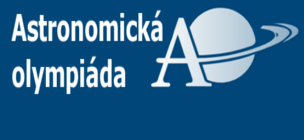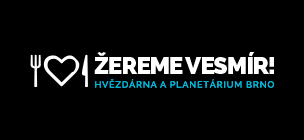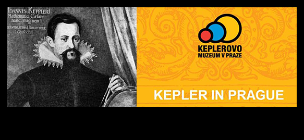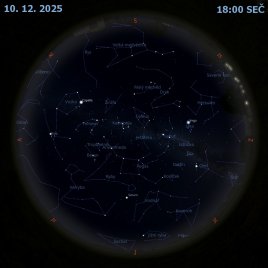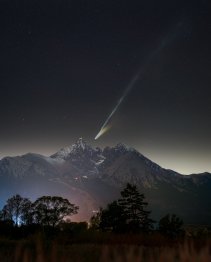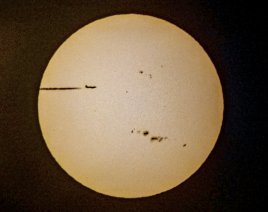Vychází Astropis s číslem 120

Časopis se zajímavými články z astronomie a kosmonautiky se dočkal kulatého 120. vydání a zároveň jde o poslední číslo za rok 2019. Nechybí tradiční rubriky věnované nedávnému dění v astrofyzice a protože Nobelovy ceny měly k ní také blízko, můžeme se těšit na zajímavé čtení na téma kosmologické i exoplanet. Pravidelně najdeme také historické a pozorovací okénko a článek shrnující novinky v kosmonautice.
Úvodním článkem zimního čísla je druhá polovina shrnutí astronomických a astrofyzikálních objevů roku 2018 z pera Jiřího Grygara a Davida Ondřicha. Jelikož se letošní Nobelova cena za fyziku skládala ze dvou částí, i my přinášíme dva články: Petr Kulhánek představuje kosmologickou a Marek Skarka exoplanetární část. Pavel Najser se ve svém historickém okénku zaměřil na život a dílo významného anglického astronoma Johna Flamsteeda. Jak se vyvíjela aktivita Slunce v prvním pololetí roku 2019 a jaké jsou předpovědi pro 25. cyklus, nám popíše Martina Exnerová. Teoretický pohled, jak vznikají hvězdokupy včetně shrnutí nových poznatků a vlastních vědeckých výsledků, přináší ve svém článku Václav Pavlík.
Na nějakou dobu naposledy v Astropisu nechybí představení zajímavého útvaru na Měsíci – tentokrát se Milan Blažek zaměřil na kráter Scheiner. Samozřejmě najdete i souhrny novinek v astronomii i kosmonautice (od Lukáše Houšky ze serveru Kosmonautix.cz). Stejně tak naleznete i přehlednou mapku a popis nadcházejících událostí na obloze až do března 2020. Vladimír Kopecký jr. v tomto čísle přináší hned dvě recenze zajímavých knih – v první představuje knihu „O Gravitaci“ Anthonyho Zee, v druhé pak „Nekonečno v dlani“ Marcuse Chowna. V rubrice České astronomické společnosti se představí velmi aktivní Astronautická sekce.
Redakce přeje všem svým čtenářům úspěšný vstup do roku 2020 a mnoho krásných chvil strávených u stránek Astropisu.
Zdroje a doporučené odkazy:
[1] Astropis
